The Parthenon can survive earthquakes.
Just looking at the Parthenon you wouldn’t think that it was a miracle of ancient engineering, but it was. The Doric stylings of the design make it almost deceptive how effective and efficient the build of the Parthenon actually is. In fact, the Parthenon was so well designed that it could easily survive an earthquake! The way that the temple columns lean inward allow for a curvature that reinforces the entire building against earthquakes. While the initial reason for these inward columns was aesthetic reasons, the outcome would end up allowing the building to survive all the way to today.
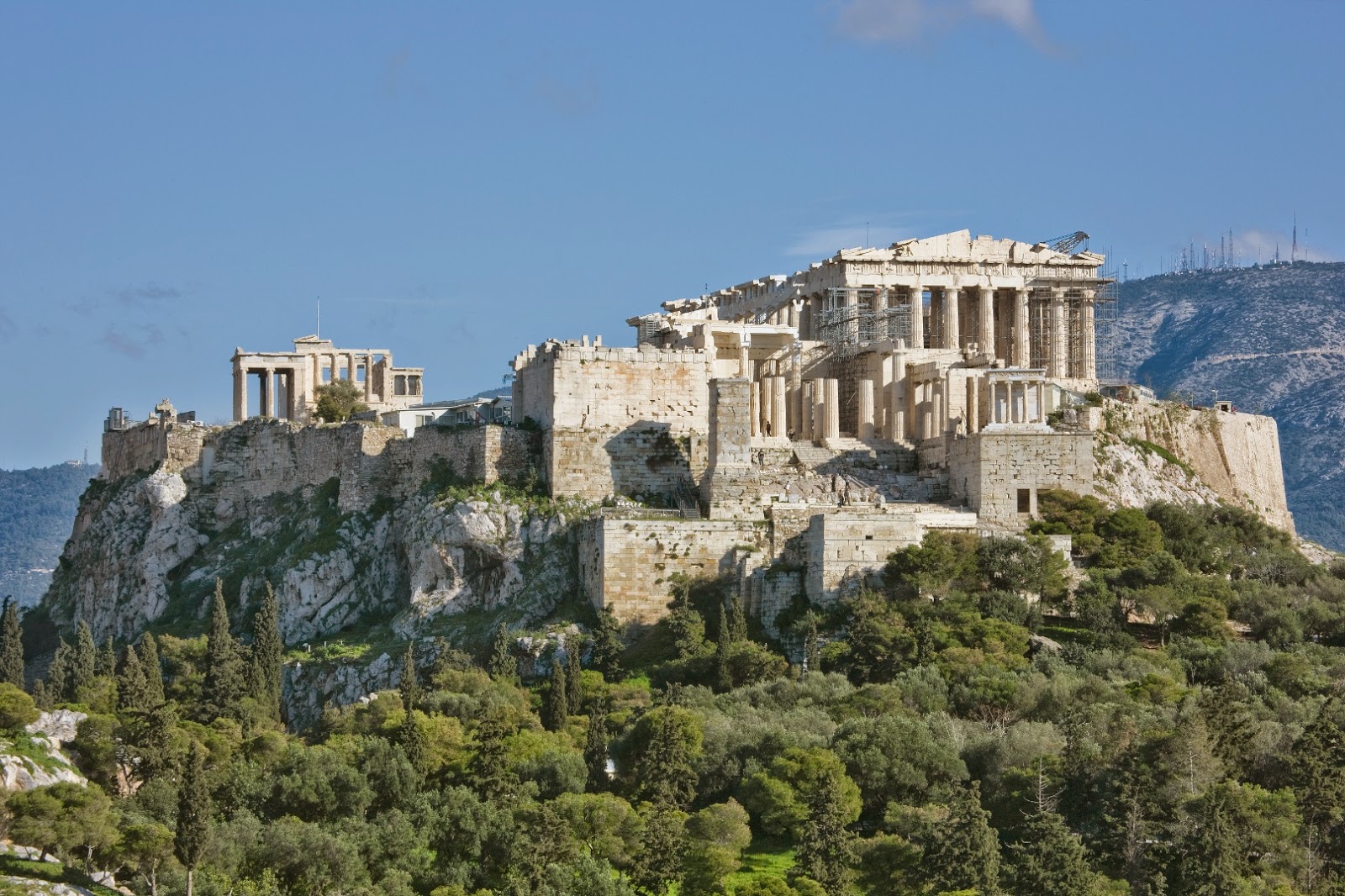
The Parthenon can survive earthquakes
Greece is trying to collect the stolen Parthenon sculptures.
We spoke of Lord Elgin and his purchasing of the Parthenon sculptures but now we’ll expand even more. Ever since the Parthenon had been looted of its artwork, the Greece government has been trying to get it back. As of this writing there has been no cooperation from any of the countries housing the lost Parthenon artifacts. If you want to see what’s left then you should grab a cheap ticket and book some hotel reservations in Greece to take a look first hand.
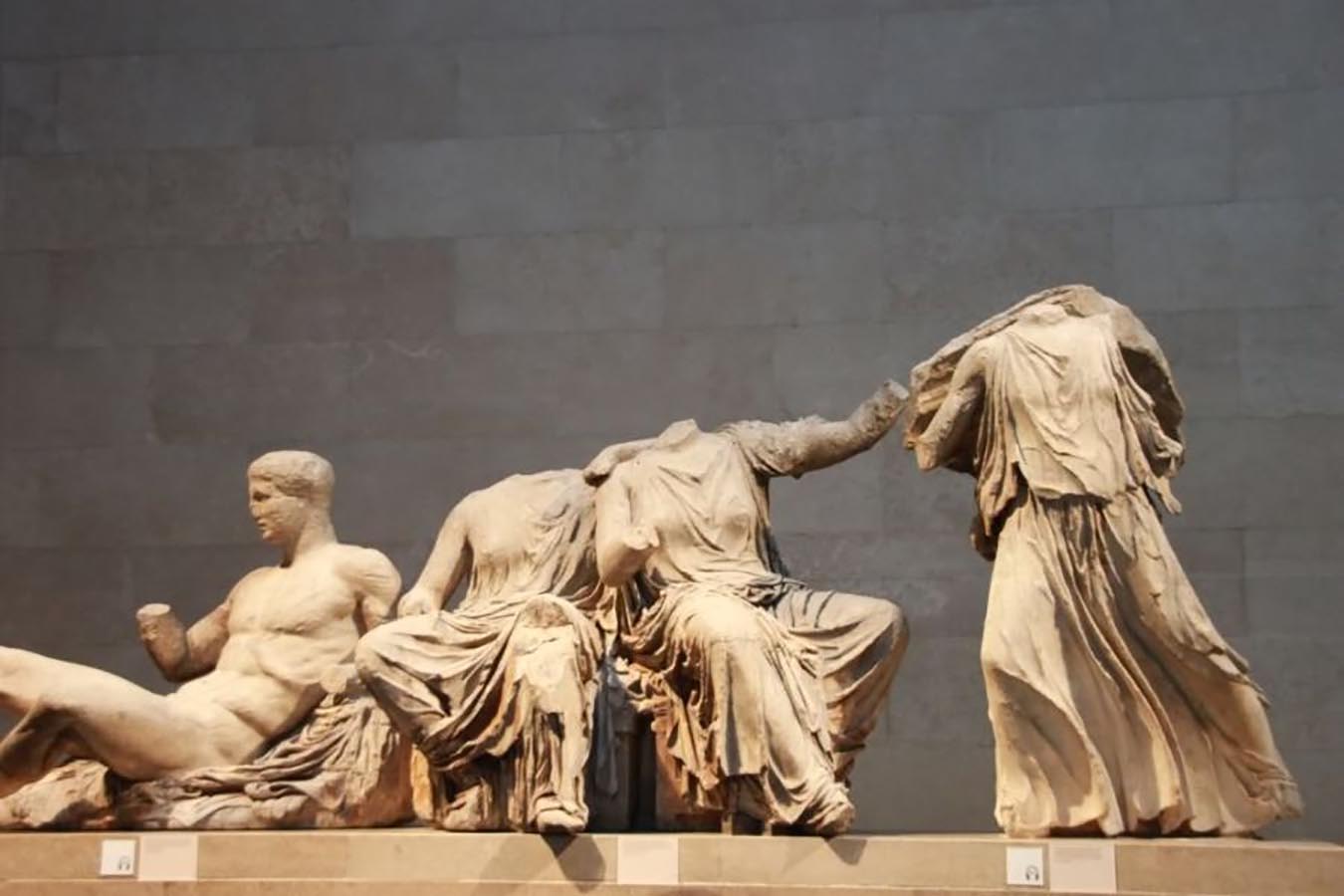
Parthenon sculptures
The Parthenon was not solely a religious temple.
The Parthenon was constructed from 447 BC all the way until 432 BC by Athenians that were keen on worshipping the goddess Athena. While many people rightly point to Athena as the primary motivation behind the construction of the Parthenon, it is far from the sole one. As it turns out, much of the Parthenon seemed to have been built as a sort of art gallery for the wonders of the time. Historians generally agree that part of its purpose was to unite great works of art within the trappings of a temple, thus capturing the imagination of all the people who would come visit it. One of the finest and most exuberant works of art to be displayed in those hallowed halls was a gigantic statue of Athena, created by Phidias, and made entirely of both gold and ivory. Seeing the Parthenon in all of its glory, with art work towering over residents of the time, must have truly been something to behold. Alas, now we have what is left standing, damaged by time.
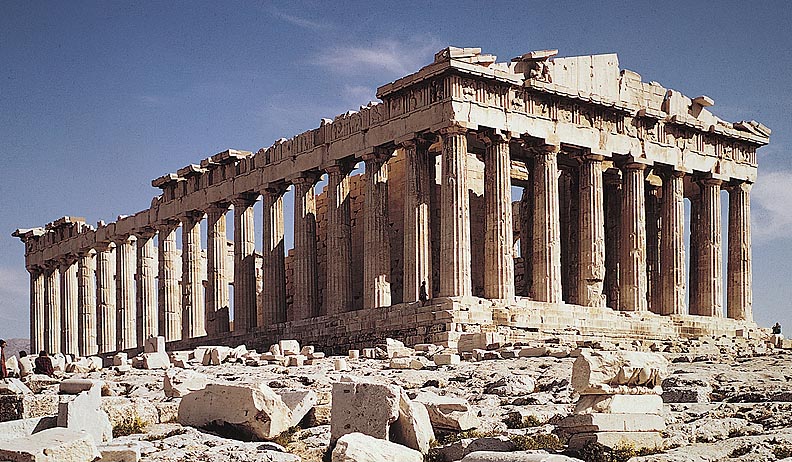
The Parthenon was not solely a religious temple
The Parthenon is considered a testament to Doric construction.
The Parthenon was designed by Phidias, the primary sculptor, alongside both Iktinos and Kallikrates. Over the years of construction that the building endured all of the designers poured into it the works of the Doric Order. The Doric Order is one of three different orders of classical architecture in ancient Greece (with the two others being Ionic and Corinthian). Works of the Doric were revered due to their classic simplicity as a whole while intricate details were hidden amongst other portions of the buildings. You can identify a Doric building by a few telltale signs. Look at the columns and see how they tend to flute rather than having a larger base. These columns were 6 feet in diameter and 34 feet in height. There were 46 outer columns along with 20 different flutes. If you study ancient architecture then be prepared for an extensive lesson on the work decided by Phidias while designing the Parthenon.
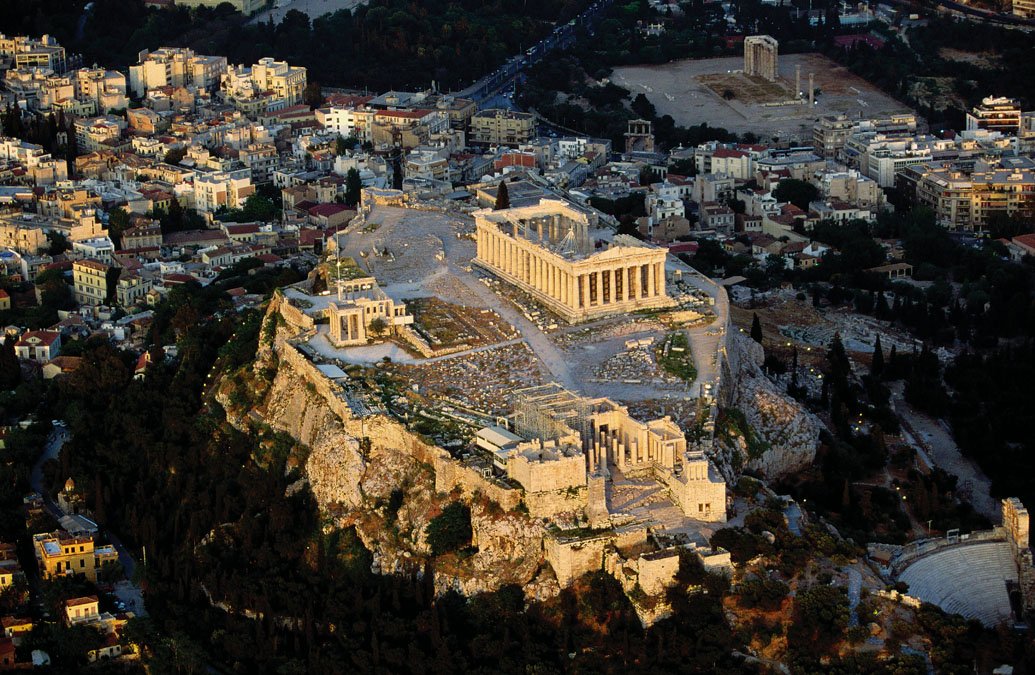
The-Parthenon-is-considered-a-testament-to-Doric-construction
The Parthenon was built to worship Athena.
Scholars of ancient mythology will know plenty about the goddess Athena. Athena was considered the goddess of both wisdom and courage as well as law, mathematics, and justice. Mythology has a host of gods and goddesses that exemplify all the worst traits of man: they are impatient, deadly, rash, and willing to do anything to consolidate power. Athena, however, was considered one of the ‘good ones’. In her portrayals she is always the companion of heroes and she is known for her calm temper and her reluctance to engage in anger. She would engage in fighting only when the cause was just and she would never draw blood without a noble reason. In short, she was one of the few worthy goddesses of actual worship so we aren’t surprised to see that she had become an icon of worship for the Athenians.
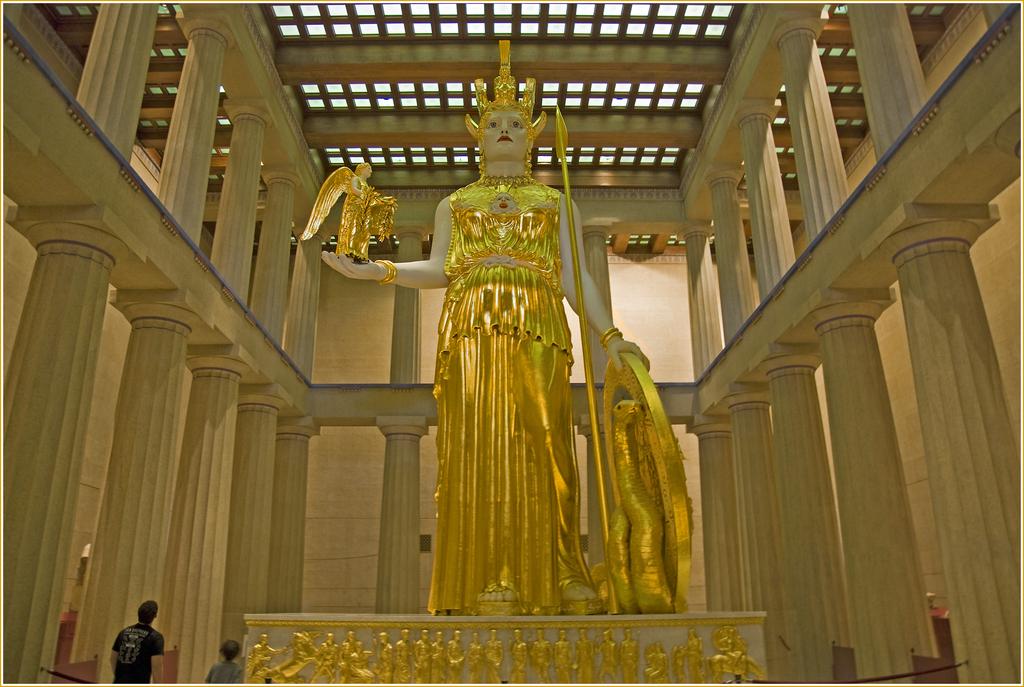
Athena
There was a Pre-Parthenon.
Before the Parthenon was created there had been another building and settlement in its place. Scholars don’t know exactly what had been there, as both time and the work of the Athenians had covered it up, but they can say with certainty that the location had always been a place of worship. Scholars call the period of time before the Parthenon had been erected the ‘Pre-Parthenon’ which is relatively simple and straightforward. Scholars know that the Parthenon was erected directly over the top of another older shrine but that they likely were both considered as shrines dedicated to Athena.
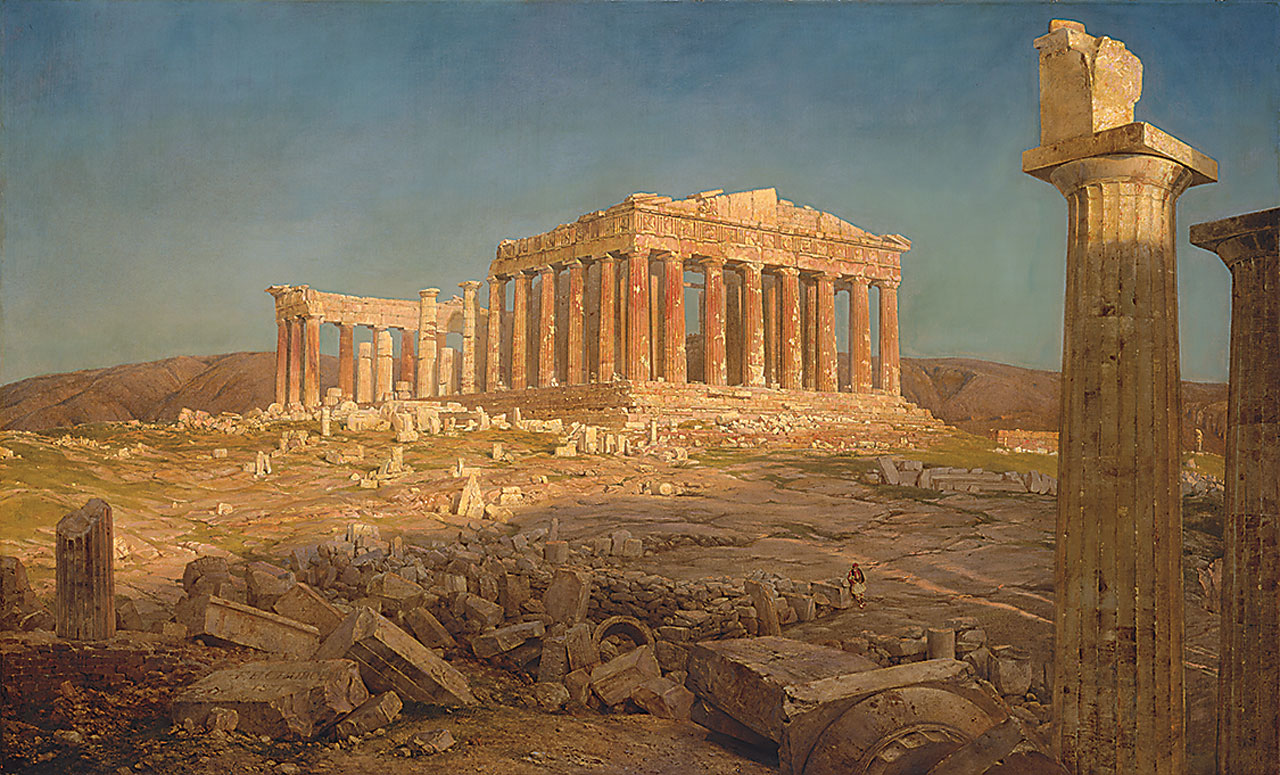
Pre-Parthenon
The Athenians largely did not pay for the Parthenon.
The Athenians of old could teach a few things to our savvy business and building developers of today. The Parthenon, for all of its glory and importance to Athens, was not actually paid for by the Athenian Empire despite being at its peak during these years. Instead, Athens had extracted various amounts of money from various city states under Athen’s protection during this time. These tributes were extracted and then used to fund the completion of the Parthenon. While Athens is notable, most people don’t realize just how powerful they empire was during this time. The Athenian Empire had just gotten done defeating the Persians and things were on the up and up.
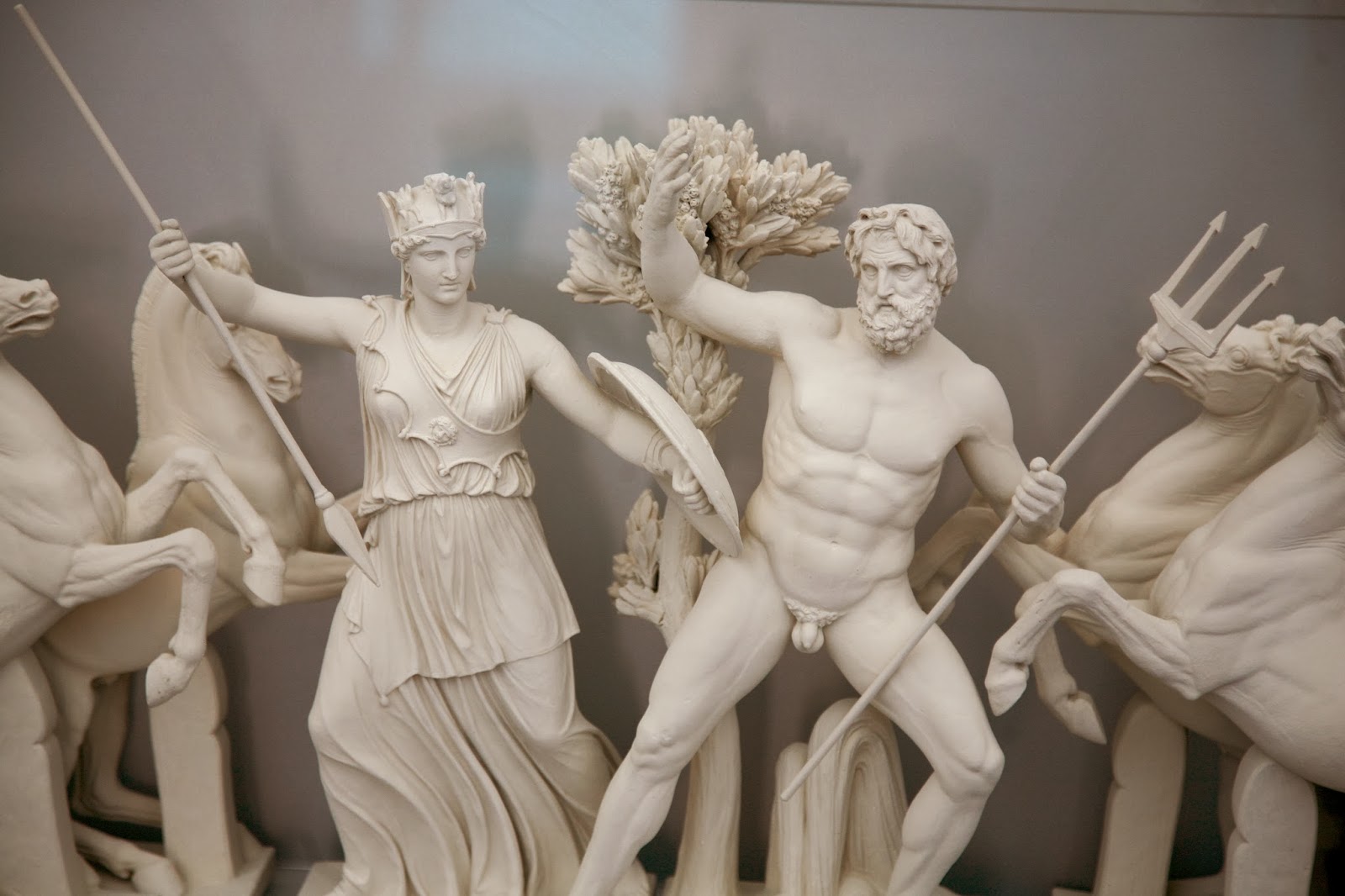
The Athenians largely did not pay for the Parthenon
Transportation was the biggest expense when building the Parthenon.
Things were much different back then when it came time to construct a building of this size. Of course we use different materials now and we have the conveniences of modern man, but there was more to it than that. Scholars have amazingly found historical documents that detail the expenses that the Athenian Empire had to balance while building the Parthenon. As it turns out, the largest expense that they ever recorded involved the transferring of stone from Mt. Pentlicus to the Acropolis. The distance that this stone had to travel: 16 km or roughly 9.5 miles. Imagine moving all the stone needed to build the Parthenon with nothing but carts and the labor of workers. No trucks, no planes, no advanced technology.
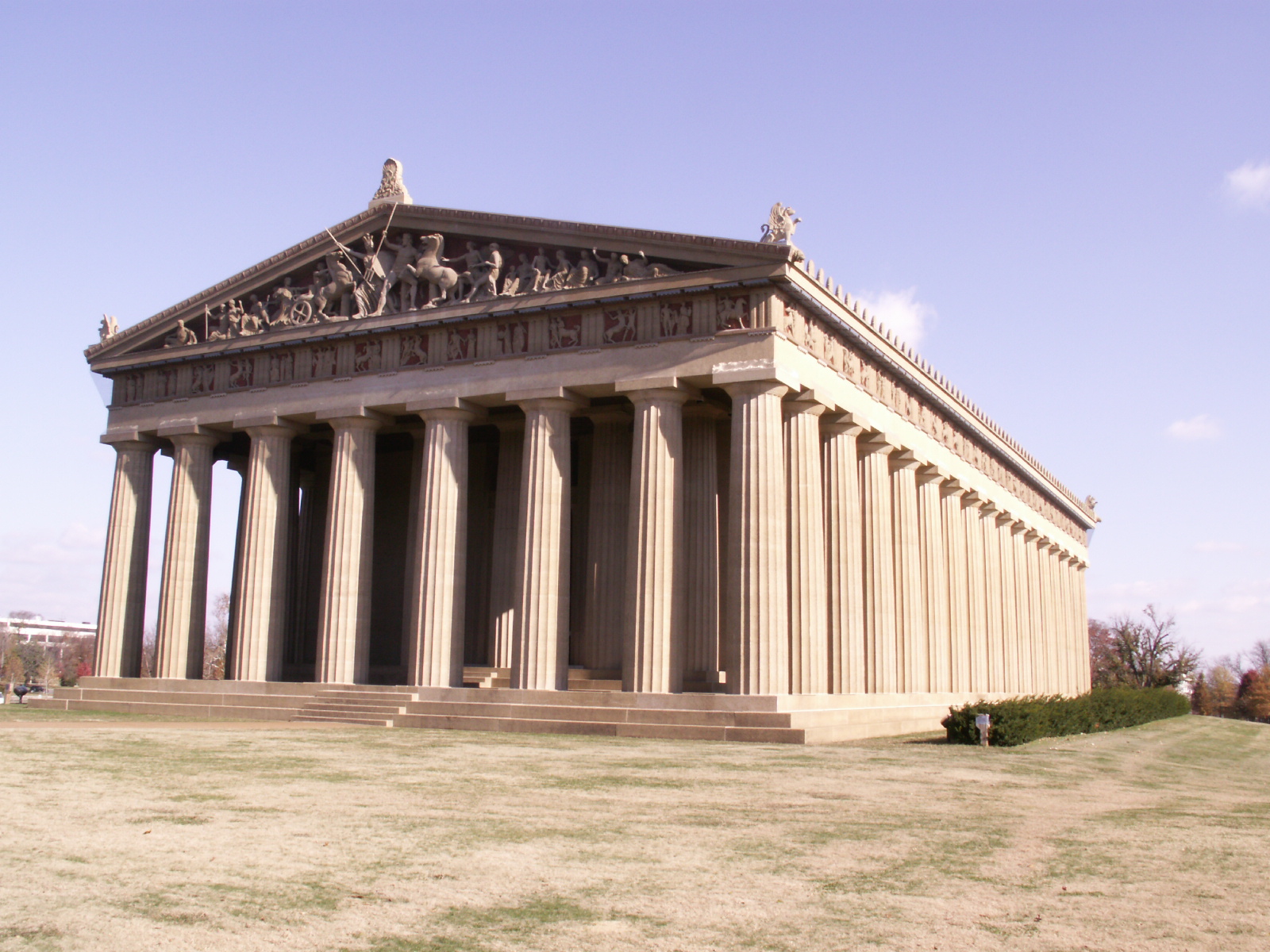
The-Parthenon
The Parthenon experienced time as a mosque and a church.
We’ve detailed explicitly how the Parthenon existed as a place of holy worship for the Greek Goddess Athena but it didn’t stay that way forever. The Parthenon was converted to a Church in the 6th century during a Christian pilgrimage. During this time the Christians removed many ‘pagan objects’ and destroyed them, resulting in a loss of countless priceless sculptures. The Parthenon was converted into a church until the Ottomans came during the 15th century. During this time the Parthenon would act as a mosque for the Ottomans until later when the Turkish army would almost destroy the building. Now the Parthenon is largely a museum and tourist destination.
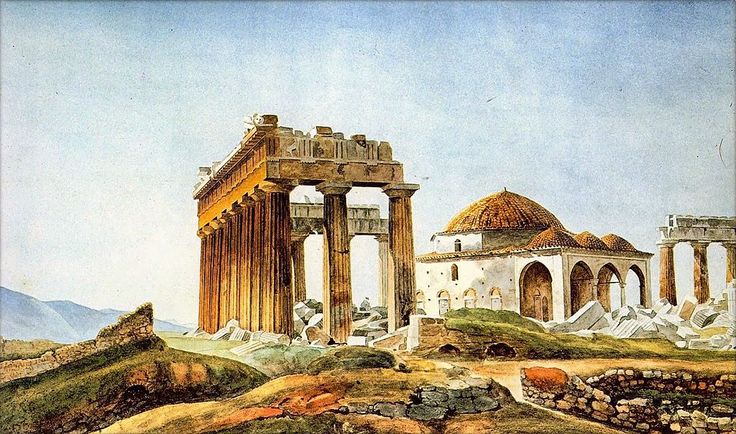
The Parthenon experienced time as a mosque and a church
The Parthenon had a wooden roof!
Despite all of the glorious marble that makes up the vast majority of the Parthenon, the roof of the building at the time had been made up of wood! Wooden roofs aren’t typically thought of as glorious or worthy of worship but it was the only way to build a roof at the time for a building that large. Any other roof would have been heavy enough to put too much pressure on the marble columns, thus leading to a collapse far earlier than we would have been able to see.
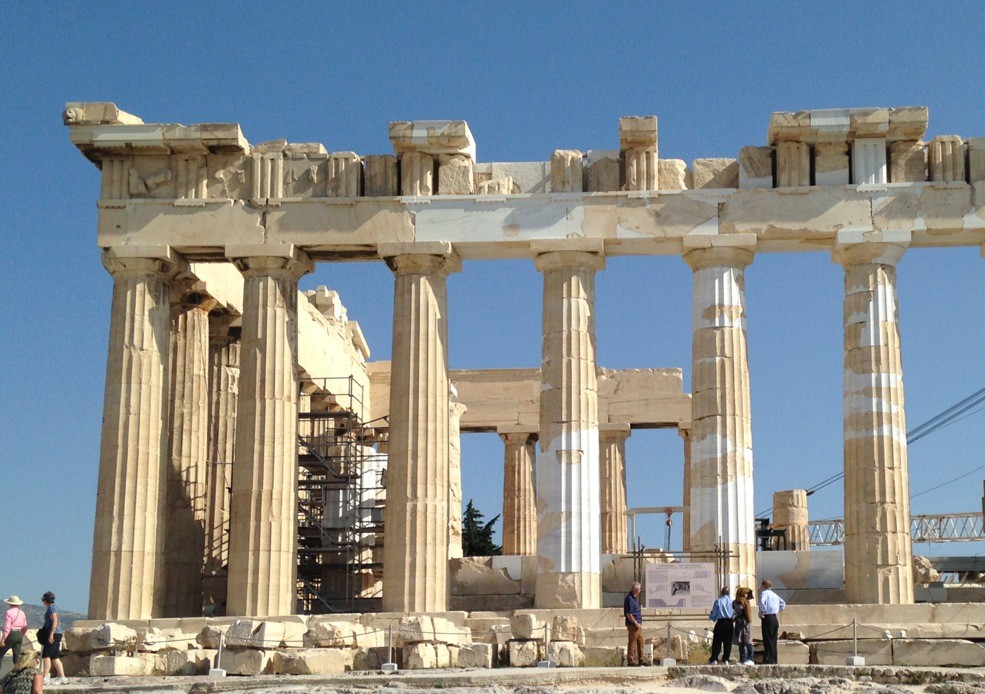
The Parthenon had a wooden roof
The Parthenon had its sculptures plundered by the Turks.
In 1801 the Turks came under control of the Parthenon and the remaining sculptures in the building were looted and subsequently sold. The majority of these sculptures would enter the hands of Lord Elgin, an Englishman, and he would eventually have them moved into the British Museum. Inside of the British Museum these sculptures are collectively known as the ‘Elgin Marbles’. We don’t decry him for purchasing the sculptures but it seems more than a bit bombastic to call them after his own name.
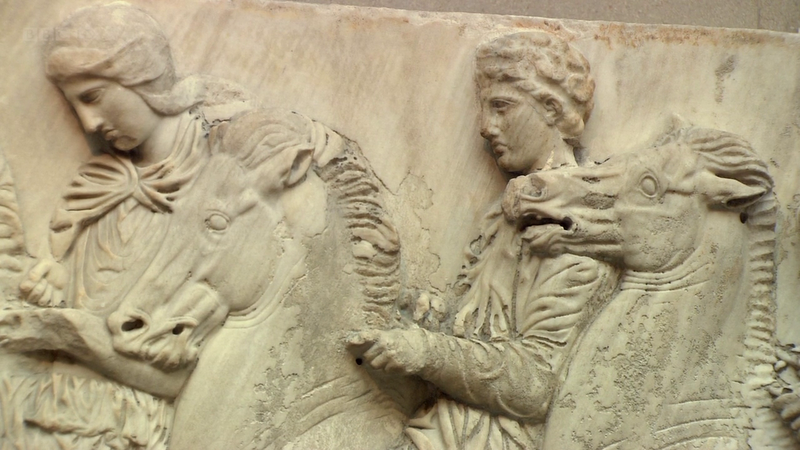
The Parthenon had its sculptures plundered by the Turks
The Parthenon is covered in friezes of heroic battles.
There is so much more to see than simply meets the eye when it comes to the Parthenon. Many people see the building as it stands today: tall, imposing, and relatively plain. However, this is far from the truth. Many historians have concluded that the interior of the Parthenon had at one time been filled with friezes depicting various important battles of the time, including those inspired by the Greek Gods that the Athenians worshipped.
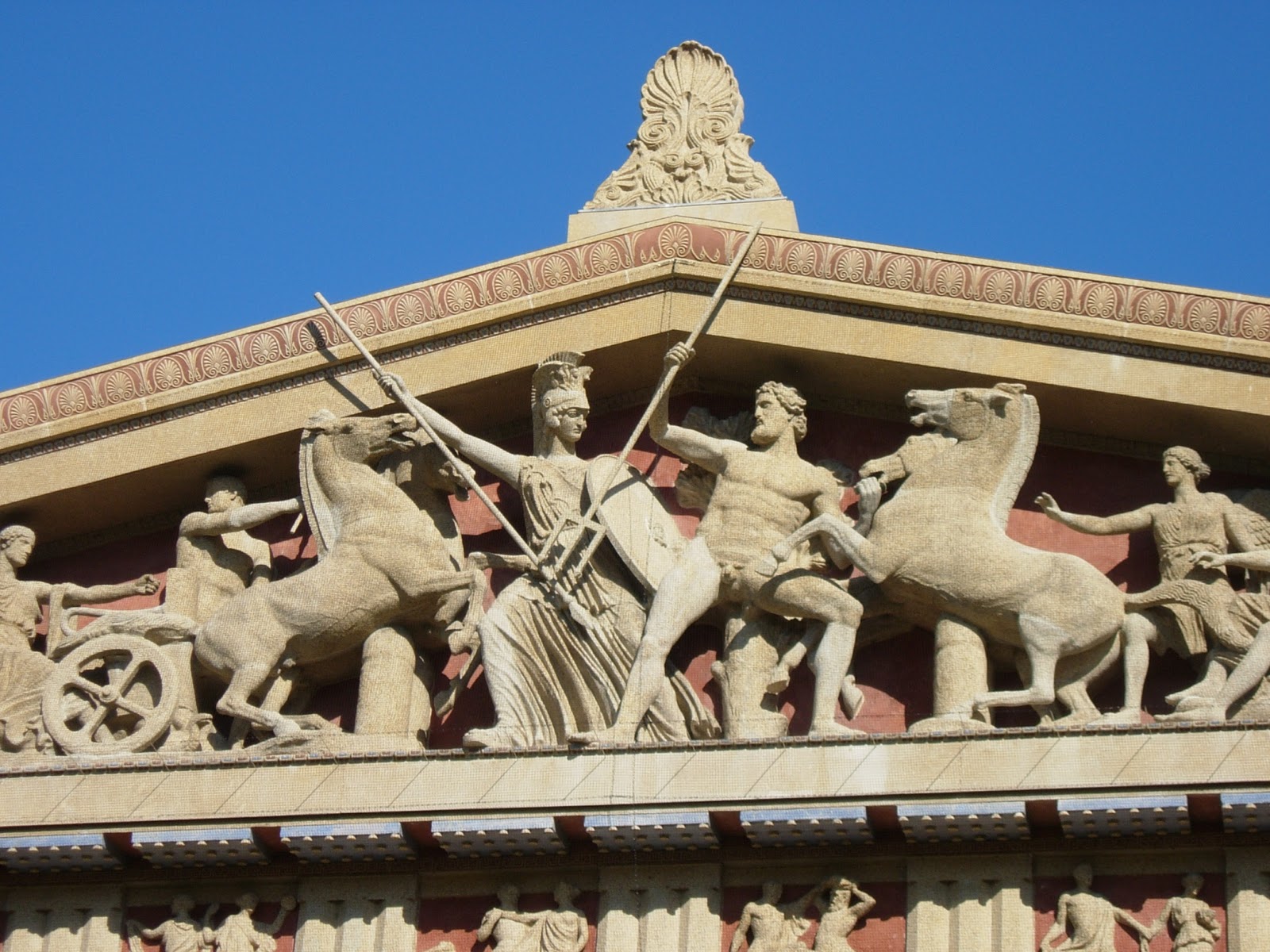
The Parthenon is covered in friezes of heroic battles








